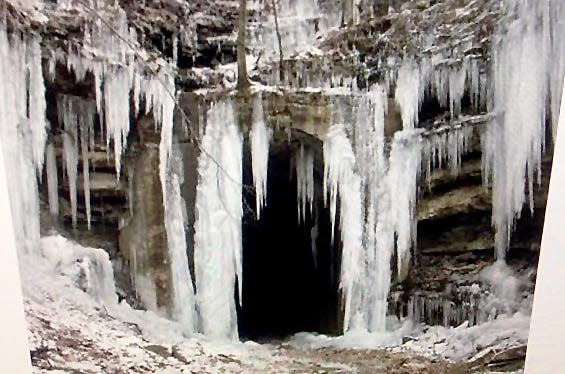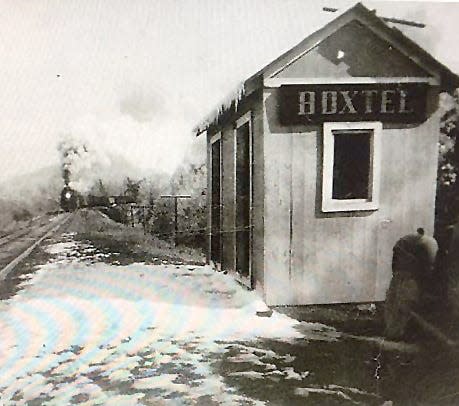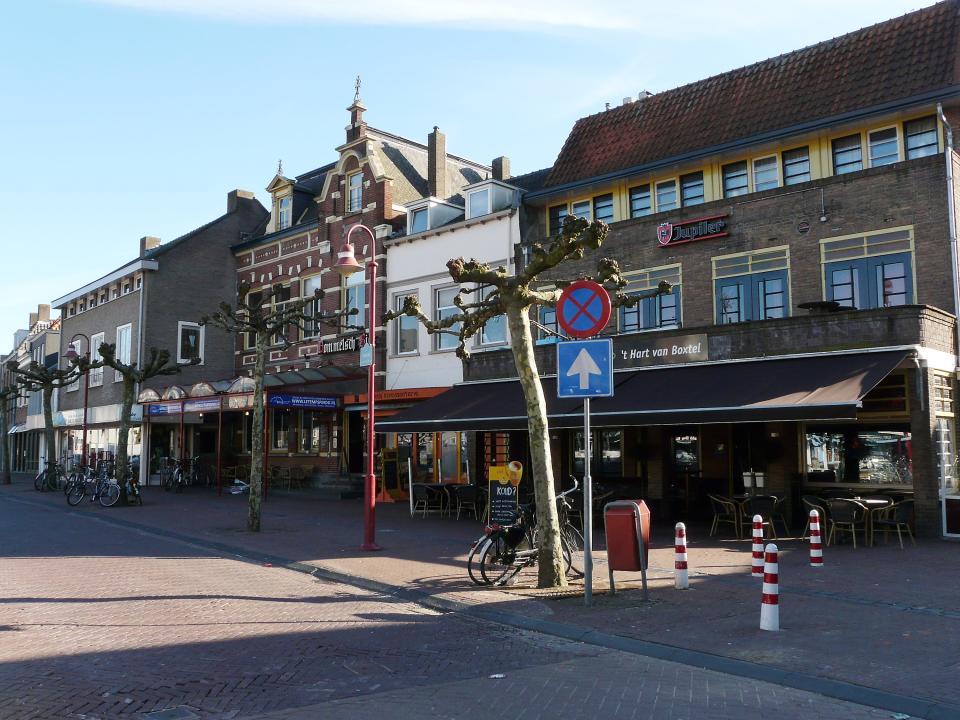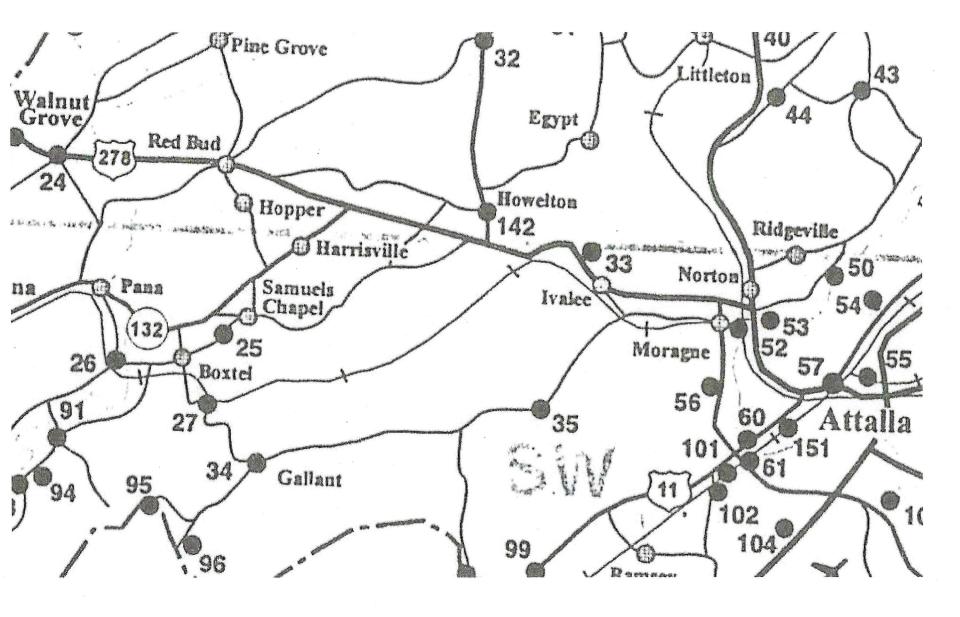Where is Boxtel? In the Netherlands ... and Etowah County

Recently, a writer in the Netherlands emailed The Times: “There is a community in Etowah County, near Gallant, with the same name — Boxtel — as a community in my country; can you tell me about your Boxtel?”
And so, the search began.
Where is Boxtel? Well, in The Netherlands, it’s in the southern part of the country, a little more than 60 miles southeast of Amsterdam. It’s both a municipality and town, according to Wikipedia, with a population of about 31,000.
Closer to home, I found an old, old map of our county showing the spot … near Samuels Chapel Church, not far from Alabama Highway 132. The address at that time was Altoona, Route 1. It’s a fascinating story from the early part of the 20th century.
But first, a few facts: Tumlin Gap Road runs from downtown Gallant to Highway 132; many people say it’s the most scenic road in the state, rivaling any road near Gatlinburg. The Louisville-Nashville railroad went through this area and travelled through a tunnel, located about a half-mile from Gallant Road.

Lisa Keener Hutchens is a lifetime resident of the area, which is very rural, with lots of mountains, hills, hollows and many creeks running through it. She’s still recovering from health problems that necessitated her being on a ventilator for a while, so an actual interview wasn’t possible, but she gladly answered our query in her online blog:
“Well before my time, there was a small building or shack that stood by the tracks, just a few yards from the road,” she wrote. “That building served as a shelter to get in when it was raining or too cold to stand around outside. The name of this particular stop, and makeshift tiny depot, was Boxtel.”
The train would stop at that crossing to let passengers off and to pick up passengers wanting to ride the train into the towns of Altoona (which had a depot), Oneonta and beyond. Passengers who wanted to ride the train to Attalla caught the train when it was headed in the opposite direction.
A multi-page listing of county names says that Boxtel was named for someone named Box Walker; it’s not known whether or not this person was an area resident.

(Back to The Netherlands: According to Wikipedia, the municipality there originally was known as Buchestelle, taken from “buck” (as in deer) and “stelle” (as in a safe, stable place).
Hutchens' blog continued: “The Boxtel stop was located on Tumlin Gap Road, and sits at the base of Tumlin Gap Mountain. There used to be a pole in the ground with a hook on it that my daddy said a mail bag was hung from. As the train passed, someone on board would use a long metaI pole to reach out and snag the mail bag as the train passed by. Mail bags were also left there, filled with mail for those who lived in that general area. “
Now that we’ve answered the question about Boxtel for our new friend, 4,677 miles away in the Netherlands, Hutchens had more to say about L&N’s railroad tracks and the Tumlin Mountain Tunnel the train had to pass through.
“The Boxtel/Tumlin Gap Tunnel, constructed by the L&N Railroad Company from 1899 to 1903, is the longest tunnel in the state of Alabama at approximately 1,920 feet long,” she wrote. “At one time the tunnel was on the National Registry of Historical Places that were in danger of being lost.”

Hutchens’ story continued: “One of my favorite things to do while growing up was to ask my daddy to walk with me to the tunnel. We would walk up to the tracks and hang a left. The Tumlin Gap/Boxtel tunnel was about a half-mile, or less, from Tumlin Gap Road.
“We would walk along the tracks with me trying to walk on the rails or only stepping on the crossties the rails rested on," she wrote. “I would pick up railroad spikes and other treasures along the way as I listened to my daddy tell stories about the railroad and the tunnel.
“As we would round the last curve, the tunnel would come into view,” Hutchens wrote. “It fascinated me and gave off a ‘spooky’ feeling all at the same time. The closer we got, the cooler the air became. It was as if a chilly breeze was coming out of the opening. The first several feet inside had concrete walls and ceiling. The concrete walls had indentions, or manholes, in the sides.”
Hutchens wrote that once you got a little way into the tunnel, “The walls and ceiling were no longer concrete, they were the rock of the mountain that surrounded the tunnel on all sides. Once you reached the rock, there was always a steady drip of water in different places. The water was coming from different veins of water running through the mountain and seeping through the cracks in the rocks.
“Then, as you neared the Gallant end of the tunnel, the walls and ceiling once again became concrete with manholes in the sides,” she wrote. “When you exited the tunnel on the Gallant end, there was a big wooden platform to your left. On that platform sat a huge wooden tank in the shape of a barrel and it had water inside. Daddy told me that's where the trains would stop to fill up with water back when steam engines pulled the trains.”
As you know, most — if not all — good things eventually come to an end. Just as the L&N “choo-choo” trains quit running, landowners eventually placed “No Trespassing” on the properties containing the tracks. On the Altoona side, Hutchens said, the landowners dumped big piles of dirt in front of the entrance to keep people on four-wheelers from going in.
“You could easily climb over the dirt if on foot, but the land owners had also put a fence across the old railroad bed," she recalled. “On the Gallant end, there were a couple of smaller piles of dirt, and a single bar was placed across the entrance.”
Before we go, let’s hear one last paragraph from Hutchens’ blog: “I always loved that tunnel and the railroad tracks. When a train would pass through, the sound came in loud and clear at my childhood home. I remember … many times, while in bed at night, hearing the train passing through and blowing its horn at the crossing and into the tunnel. Those are special memories that will always be a part of me.”
This article originally appeared on The Gadsden Times: Answering the question: Where is Boxtel?

